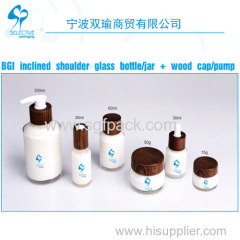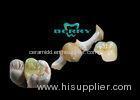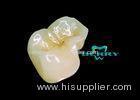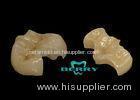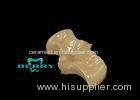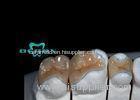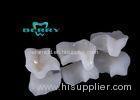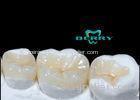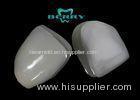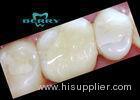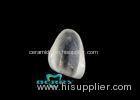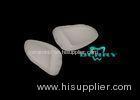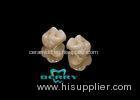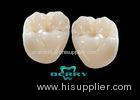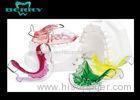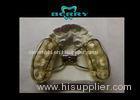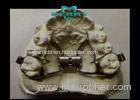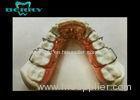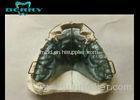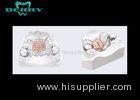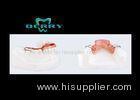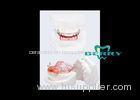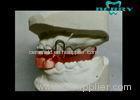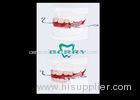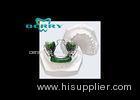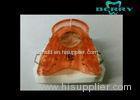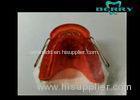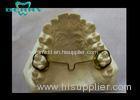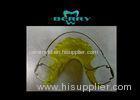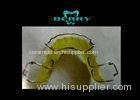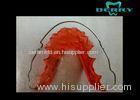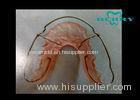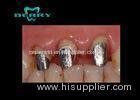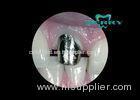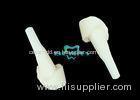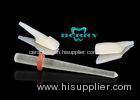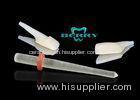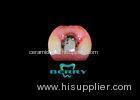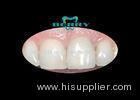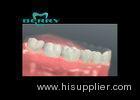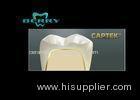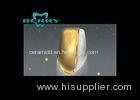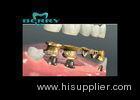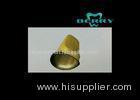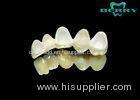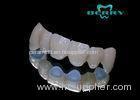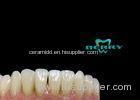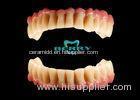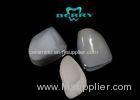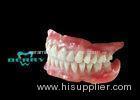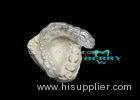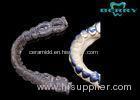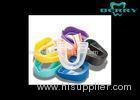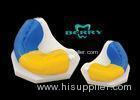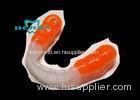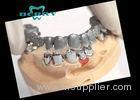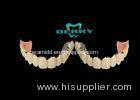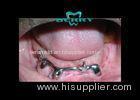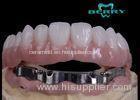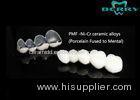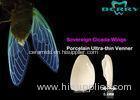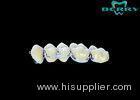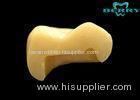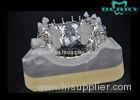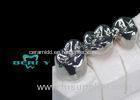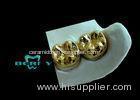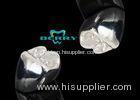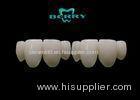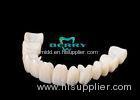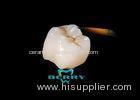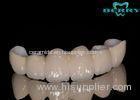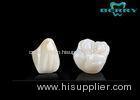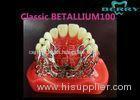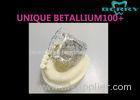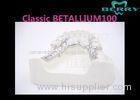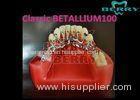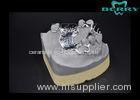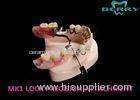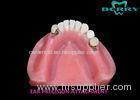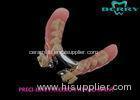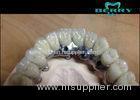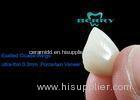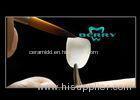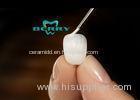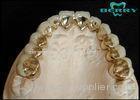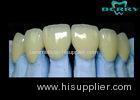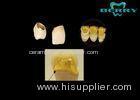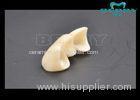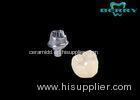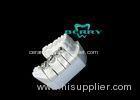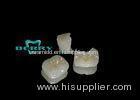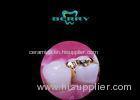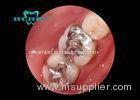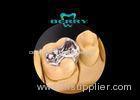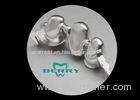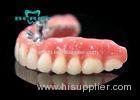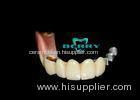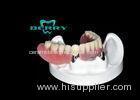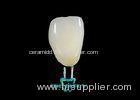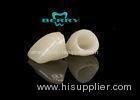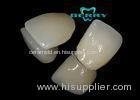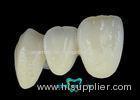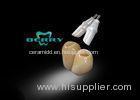|
Shenzhen Berry Dental Laboratory Co.,Ltd
|
Gold Index: 7055
Dental PFM Crown White Gold Dental Post and Core in Dentistry
| Place of Origin: | Zhejiang, China (Mainland) |
|
|
|
| Add to My Favorites | |
| HiSupplier Escrow |
Product Detail
Dental PFM Crown White Gold Dental Post and Core ISO13485
<span style="font-size:18
Dental PFM Crown White Gold Dental Post and Core ISO13485
-
What is a "core"?
Teeth sometimes have large portions missing due to decay, fracture, the loss of a filling or the creation of an (the hole through which root canal work is performed).
Cores.
Core placement refers to a procedure where a dentist replaces the bulk of a tooth's missing structure in preparation for making a new dental crown. Doing so creates the optimal shape and foundation for the new restoration.
What materials are used?
A core can be made out of any type of permanent dental restorative. In most cases it's either:
1) Dental amalgam (the metal used to make "silver" fillings) or else
2) Dental composite (the dental bonding used to make "white" fillings).
A core replaces lost tooth structure that's needed for crown stability.
Why is a core needed?
Background.
A great deal of a crown's stability depends on the amount of tooth structure that extends up into its interior. If very little tooth structure fills this space, the crown will be easily dislodged, especially by forces directed from the side.
What a core does.
By "building up" the tooth first with a core (rebuilding the tooth so it is closer to its original dimensions), the dentist can greatly increase the stability of the crown, and therefore maximize its long-term chances for survival.
-
What is a "post and core"?
The difference between a dental core and a post and core is that with the latter, a dental post is placed that helps to anchor the core to the tooth.
While a dental core can be created for any tooth, a post and core can only be made for a tooth that has had .
X-ray of tooth that has a post & core and dental crown.
The post is positioned in the tooth's root. It's attached core extends up inside the tooth's crown.
Is a post always needed?
As general rules of thumb:
- If more than half of a tooth's original crown portion (the part of the tooth normally visible above the gum line) has been lost, a post is needed to assist with anchoring the core to the tooth.
- If more than half of the tooth's crown still remains, a core by itself will probably suffice.
Posts don't strengthen teeth.
In decades past there was a misconception that metallic dental posts played a role in reinforcing (strengthening) the teeth in which they were placed.
To the contrary, dental research has since shown that these posts offer no reinforcement benefit and, in fact, can actually weaken teeth and place them at risk for fracture. (Raedel 2015)
Heydecke (2001) reported that case failures not involving situations where a post had been placed were more likely to be "repairable" (procedures could be performed where the damaged tooth could still be salvaged).
Research findings.
As evidence of this we'll mention a study by Willershausen (2005) which evaluated 775 endodontically treated (root canalled) teeth.
- It was determined that as a group these teeth had a complication rate of 6.6%. (This included events such as root fracture.)
- In comparison, a subgroup composed of just those teeth having metal posts had a complication rate of 13.2% (twice as high).
These findings aren't meant to suggest that post placement is a "bad thing." However, a dental post should be recognized as just an aid in helping to anchor a dental core to its tooth. If enough natural tooth structure still exists, then no post is needed and for good reason should not be placed.
Related Search
Find more related products in following catalogs on Hisupplier.com
Related Products

Company Info
Shenzhen Berry Dental Laboratory Co.,Ltd [China (Mainland)]
Business Type:Manufacturer
City: Shenzhen
Province/State: Guangdong
Country/Region: China (Mainland)



